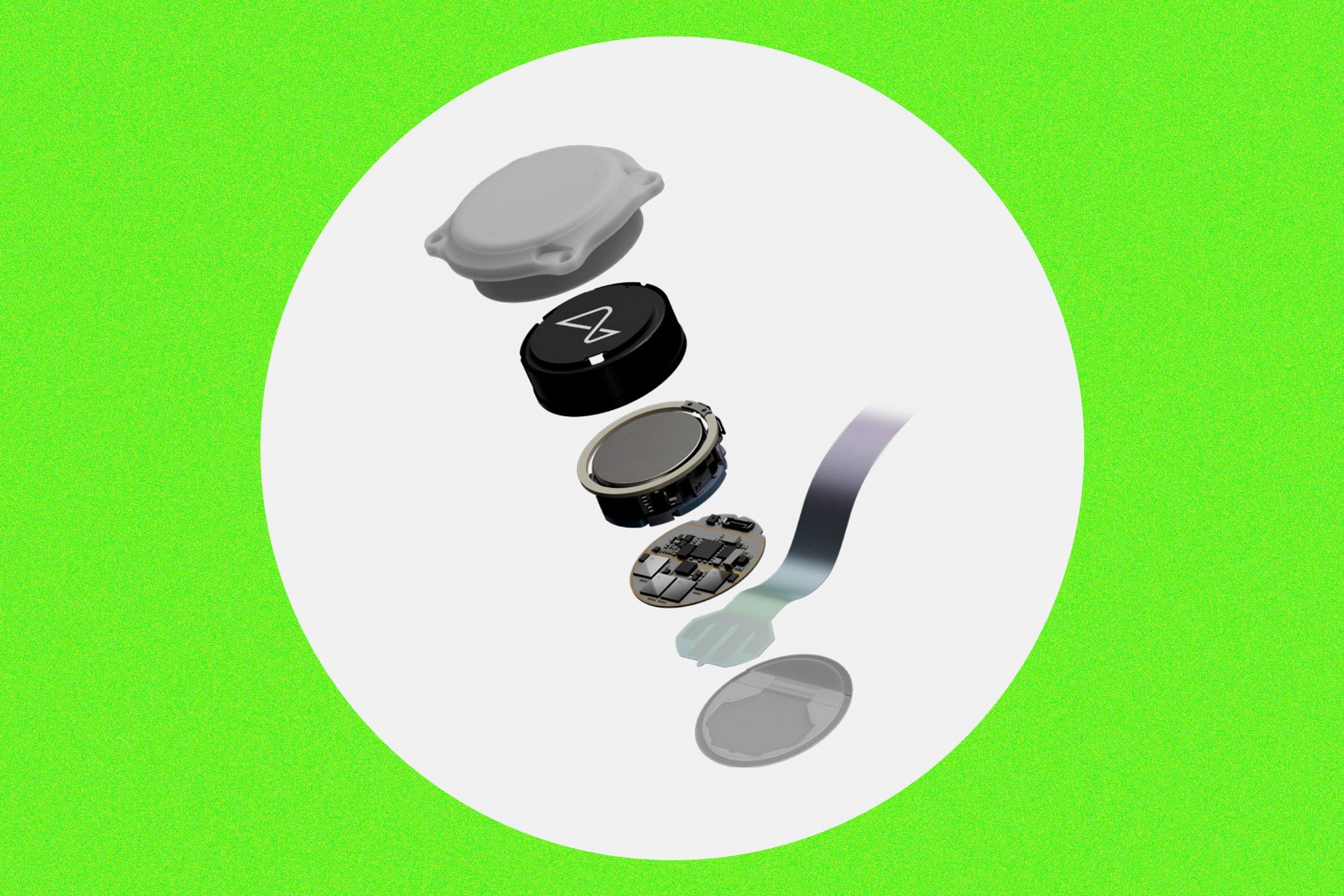The 29-year-old man, who is paralyzed, utilized his Neuralink brain implant to operate a computer during a livestream on X.

In Short
- Noland arbaugh, paralyzed for eight years, showcases the capabilities of neuralink’s brain implant.
- Neuralink aims to enable paralyzed individuals to control devices using their thoughts.
TFD – Explore the remarkable story of Noland Arbaugh and his use of the Neuralink brain implant, revolutionizing accessibility for paralyzed individuals.
On Wednesday, Neuralink introduced the first human subject to receive the company’s brain implant, a 29-year-old man who has been paralyzed from the shoulders down for eight years after a diving accident.
The man, identified as Noland Arbaugh, claimed to be able to play online chess and the computer game Civilization using the Neuralink device during a brief broadcast on the social networking platform X. He moved a digital chess piece during the webcast and stated, “If y’all can see the cursor moving around the screen, that’s all me.” I think it’s very cool.
Billionaire Elon Musk cofounded Neuralink in 2016 with the goal of creating a brain-computer interface—a device that reads brain waves to determine the intention behind a movement. The company’s primary objective is to enable individuals who are paralyzed to use only their thoughts to manage a keyboard or cursor.
Arbaugh talks about how to use the brain-computer interface during the broadcast. He claimed that after making an effort to move his right hand left, right, forward, and back, it “just became intuitive for me to start imagining the cursor moving.” While the livestream contained relatively few details, a Neuralink engineer said in the video that more information would be released in the coming days.
Arbaugh continued, expressing gratitude for being a part of the Neuralink study: “I just can’t even describe how cool it is to be able to do this.”
In order to proceed with an initial human trial, the business was given approval by the US Food and Drug Administration last year. In order to test the gadget, paralyzed subjects were recruited in the fall.
Neuralink hasn’t provided many specifics regarding the status of that investigation up to now. Musk said that the first human patient had received Neuralink’s implant and was “recovering well” in a post on X in January. He reported in February that the patient had made a full recovery and could use their thoughts to operate a computer mouse.
“Progress is good, and the patient seems to have made a full recovery, with no ill effects that we are aware of,” Musk said on February 19 in a Spaces audio conversation on X, in response to a question about the participant’s condition. He continued, saying that the “patient is able to move a mouse around the screen just by thinking.”
With a surgical robot that Neuralink developed, the device is transplanted into the brain and, once in place, is undetectable from an aesthetic standpoint. The business has created software that decodes brain signals into output commands for controlling external equipment.
Some neuroscientists and ethicists have criticized Neuralink’s previous lack of transparency around the trial. Neuralink released a brief pamphlet last year and posted information about the study on social media, which is what the general public knows about it.
Neuralink has not disclosed the trial site, the number of patients that will be enrolled, or the results that will be evaluated. Additionally, the business is not registered on ClinicalTrials.gov, a government database that offers details on research projects involving human participants. The way the business is said to have treated the animals it utilized for research has also caused controversy. The company’s brain implant experimentation caused some of its animals to pass away, as documented in a WIRED investigation from the previous year.
Arbaugh appeared to address the device’s safety concerns. He declared, “I don’t think there’s anything to be afraid of.” “The procedure went really well. It was only a day after I was discharged from the hospital. He said that after the surgery, he is not cognitively impaired.
Brain-computer interfaces are being raced for commercialization by a number of different firms. A rival company called Synchron is creating a device that resembles a stent and is put up into the jugular vein to rest on the brain. Since implanting the device in its first patient in 2019, the New York-based business has demonstrated its safety and ability to help paralyzed individuals browse the internet, shop online, and conduct online banking. The BCIs are still at the experimental stage and have not yet received FDA approval.
Arbaugh admitted that he has encountered several problems with the gadget. “I want no one to believe that this marks the conclusion of our trip. He stated, “There’s a lot of work to be done. “However, it has already altered my life.”
Conclusion
Noland Arbaugh’s experience with the Neuralink brain implant exemplifies the potential for groundbreaking advancements in accessibility technology.
Connect with us for the Latest, Current, and Breaking News news updates and videos from thefoxdaily.com. The most recent news in the United States, around the world , in business, opinion, technology, politics, and sports, follow Thefoxdaily on X, Facebook, and Instagram .